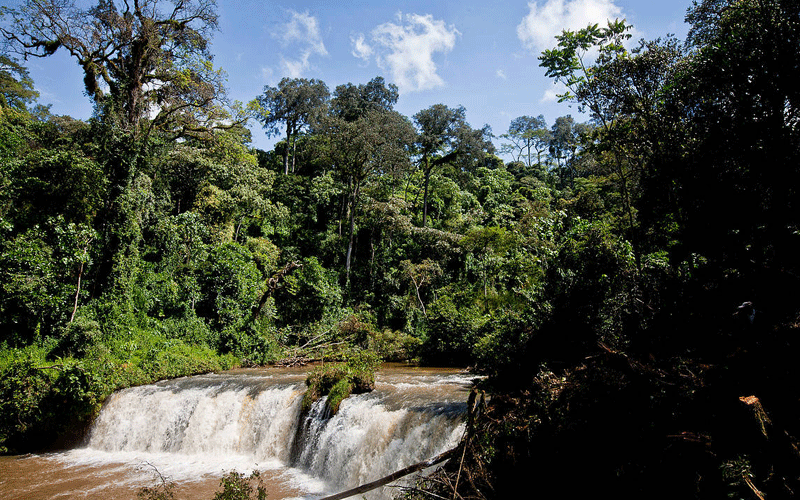Proper planning will ensure water for all

Water is life. This three-word cliché sentence has for eons been chorused by State mandarins to reaffirm their commitment to making water accessible to all.
The “water for all” mantra has proved a mirage. Indeed, access to safe drinking water remains a pipe dream, with last year’s statistics indicating 41 per cent of Kenyans rely on unimproved water sources, such as ponds, shallow wells and rivers for domestic use.
This is not welcome news because the water sources are exposed to high levels of pollution and thus predispose the users, especially in the rural areas and urban slums, to waterborne ailments.
The situation is compounded by dysfunctional—or inefficient—public water service providers, which, thanks to poor management, lack of planning and climate change have left most Kenyans thirsty.
For instance, Nairobi county, a net importer of water from neighbouring counties of Murang’a and Kiambu, faces a dire situation.
The capital city has an average shortage of 200,000 cubic metres of water a day for its four million residents. This stress is replicated in other urban areas.
Though the reality of water scarcity with echoes of potential conflict over use of the resource is a global concern for a multiplicity of reasons, among them climate change, the Kenyan situation is worrying.
This is because of the discordant planning in the sector which appears oblivious to the rapid population growth and rising demand for the commodity.
Yet debate on the destruction of the Mau Complex and other water towers, which has a direct consequence on availability of the resource, still persists.
It is an indictment on the country’s commitment to environmental protection, which is primary to our survival.
There is also the cruel paradox of the current rains— it is causing misery and all manner of havoc to the citizens through flooding and landslides before it runs off into the ocean while our taps are running dry.
Why haven’t we harvested this water for domestic use and farming?
Simple: Lack of policy to ensure sustainable use and management of the scarce resource through innovative ways such as rain water harvesting and recycling.
Though the challenge ahead is daunting, a progressive water policy by all stakeholders will equip us with the capacity to avert a thirsty future.










